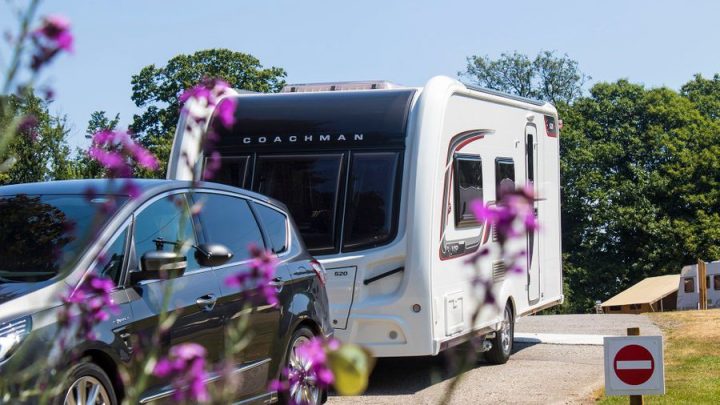Research from sustainable mobility specialist Arval UK has revealed towing will reduce an electric vehicle’s range by 23-31% against the real-world figure.
Data published today in the latest ‘Electric Vehicles Revealed’ report empowers fleets and businesses with the accurate information they need to make informed decision about the most suitable roles / tasks for electric vans and cars.

Alongside the towing data, the report also provides up-to-date insight into the impact of payload on electric Light Commercial Vehicles (LCVs).
For mid-size electric vans, a half load resulted in a dip of 7% against the real-world range and an 11% dip with a full load. Add in towing and the range was 24% lower than the unladen real-world maximum. These drops represent a 14% drop between fully loaded and fully loaded plus towing.
For large electric vans, the half-load figure recorded was an 11% drop, for a full load 14% and when towing the range was 31% lower than the real-world maximum. Moving from full loaded to fully loaded plus towing equates to a 20% drop in range.
In Arval UK’s testing the car saw a 23% fall in electric range when towing.
By comparison, for diesel vans, Arval’s experts use a degradation in fuel efficiency of 15% when towing, against a van that’s at 100% payload.
Report contributor and Arval UK’s LCV Consultant, Simon Cook, explained: “For commercial vehicles, which typically tow while also carrying a full load, the research found range was reduced by between a quarter and a third over the real-use figure.
“What does this mean in reality? If your fully-charged van range is typically 120 miles unladen, then you’re looking at a 83-91 mile maximum while towing. If you’re already operating on the basis of a range while at 100% payload and a range of 105 miles, then the impact of towing will be a 14-22 mile decrease.”


